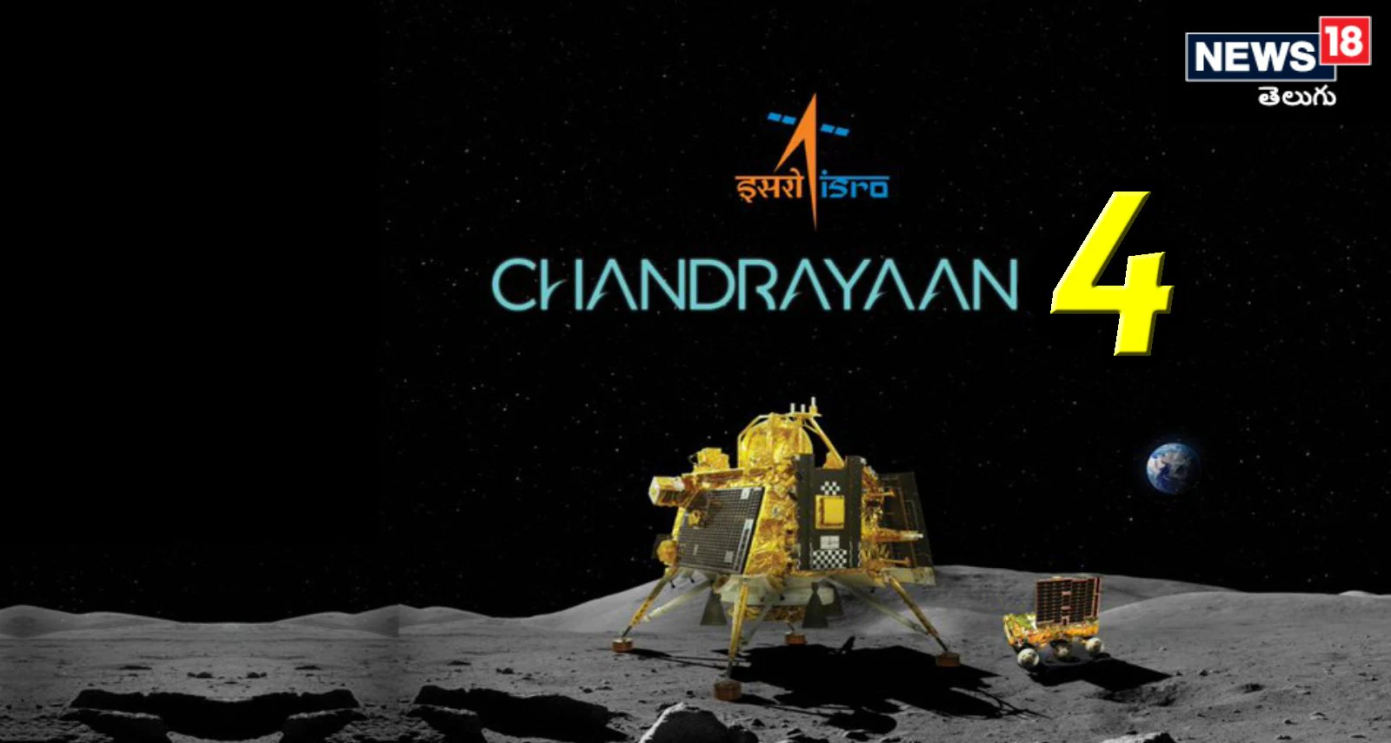Free Courses Sale ends Soon, Get It Now


Free Courses Sale ends Soon, Get It Now



Copyright infringement not intended
Picture Courtesy: telugu.news18.com
Context: The LUPEX Mission (Chandrayaan-4), collaboration between India and Japan, is focused on the crucial objective of searching for water in the lunar south pole, potentially providing a valuable resource for future human lunar missions and deep space exploration.
About LUPEX Mission (Chandrayaan-4)
|
Collaborative Mission |
●The Lunar Polar Exploration Mission (LUPEX), also known as Chandrayaan-4, is a joint lunar exploration endeavour involving two space agencies: the Indian Space Research Organisation (ISRO) and the Japan Aerospace Exploration Agency (JAXA). ●Collaborative missions like this leverage the strengths and resources of multiple nations to achieve common goals in space exploration. |
|
Scheduled Timeline |
●The mission is planned to take place in 2026 or later, indicating that it is in the advanced planning and development stage. |
|
Mission Objectives |
●The primary objective of the mission is to explore the presence of water in the lunar South Pole region. The lunar South Pole is of particular interest because it's believed to contain water ice in permanently shadowed areas. ●Water resources on the Moon are valuable for supporting future lunar activities and possible human missions. |
|
Roles of ISRO and JAXA |
●ISRO is responsible for providing the lander, the spacecraft designed to safely land on the Moon. On the other hand, JAXA is expected to contribute the H3 launch vehicle, used to launch the mission into space, and the rover, which will explore the lunar surface. |
|
Complexity of Mission |
●LUPEX will have to navigate the challenge of exploring the permanently shaded polar regions of the Moon, where temperatures are extremely low and conditions are challenging due to the lack of direct sunlight. |
|
Long-term Station Potential |
●The mission may also investigate the possibility of establishing a long-term station or base on the Moon. Such a lunar outpost could serve as a stepping stone for future deep space exploration, including missions to Mars. |
Chandrayaan-3 Mission and Vikram Lander
Conclusion
Must Read Articles:
Chandrayaan 3: https://www.iasgyan.in/daily-current-affairs/chandrayaan-3-makes-soft-landing
|
PRACTICE QUESTION Q. What were the primary scientific goals of the Chandrayaan missions, and how have they advanced our understanding of the Moon's geology, water resources, and potential for human exploration? |
© 2024 iasgyan. All right reserved